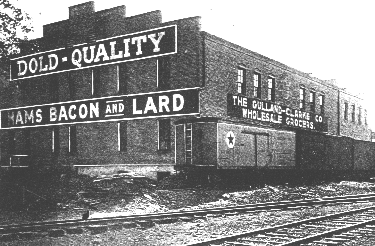

History – a quick reviewEarly West Virginia industrialist Henry Gassaway Davis built the West Virginia Central & Pittsburg Railway from Cumberland, Maryland, to the headwaters of the Potomac River to tap into the rich coal deposits he owned. As this became successful, he found greater natural abundance south of this area in the massive Cheat River watershed. He extended the railroad to Thomas and Davis, West Virginia, intending to follow the Canaan Valley south. |
 |
Davis and his survey crews did not find an adequate route through this area, but they did find the canyon of the Blackwater River cutting a steep drop down to the Cheat River. The railroad was graded and built through the Blackwater Canyon in 1887 with Davis’ survey party every moving forward in search of a route south. Davis seemed to be mixed in the destiny of his railroad. He wanted to build to Charleston, and he also wanted to connect with the Chesapeake & Ohio Railroad. He also desired a route to a port city on the Atlantic. A few trips to Beverly and the Tygart Valley River seemed to sway his decisions on a southern route. Davis needed a town to host a locomotive facility and freight car repair shops as his railroad was extending quite far from his original facilities near Piedmont, W. Va. He found the topography of an area in the Tygart River valley near the small town of Leadsville to be accommodating for his needs. Davis bought up much of the land around the area for future development. He also decided to rename this community in honor of his partner, Steven Benton Elkins. By late-1889, rails connected the newly renamed city of Elkins with the outside world. Davis would make Elkins the center point of his operations in this area. |
|
So, those are the quick historical details. A much more detailed review can be found in "West Virginia Central & Pittsburg Railway - A Western Maryland Predecessor", by Alan Clarke.
Let’s take a look at the geography and where else Davis and Elkins set down rails. Please refer to the map to offer perspective on the rails built from Elkins. Elkins was the junction of three branch lines; the Huttonsville Branch, the Belington Branch, and the Coal & Iron branch.
Direct your comments and/or questions to: 43admin@hansmanns.org
All content and images copyright 2006 by EWHansmann, unless otherwise indicated.